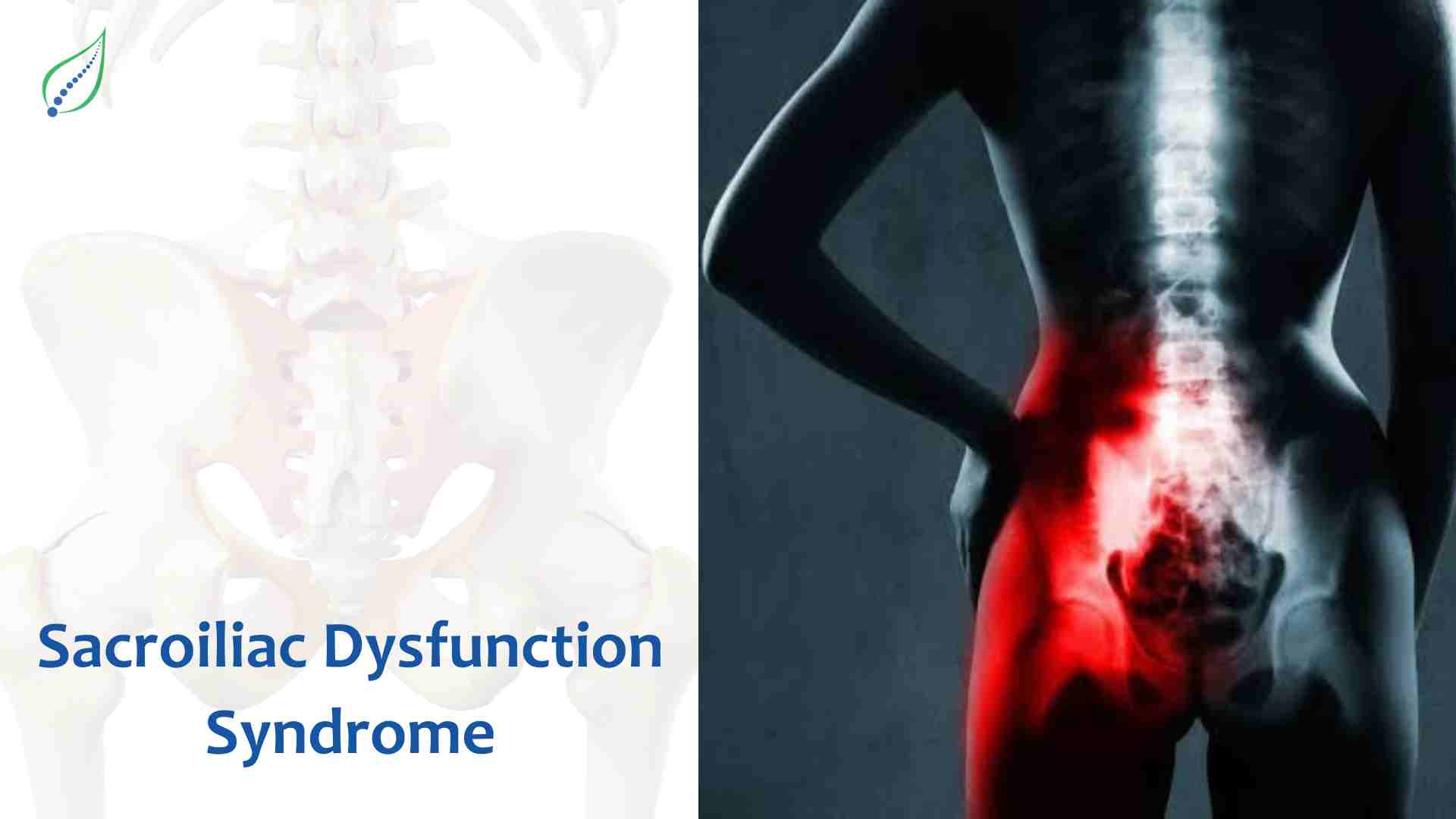Sacroiliac Dysfunction Syndrome – Causes, Symptoms & Treatment
Do you suffer from chronic lower back pain that just won't go away? Sacroiliac (SI) joint dysfunction could be the culprit. The SI joints connect the sacrum at the base of the spine to the pelvis, providing stability and shock absorption. When these joints move too much or too little, it causes alignment issues and painful strain. Read on to learn about the symptoms, causes, and non-surgical treatments for SI dysfunction.
Recognizing the Signs
SI joint dysfunction produces pain primarily in the lower back, hips and buttocks. It often presents as a dull, deep ache that worsens with standing, climbing stairs or other weight-bearing activities. The pain may radiate down one or both legs. Those with SI dysfunction frequently have trouble finding comfortable sleeping positions.
Other common symptoms include:
- Pain that intensifies when the hips are rotated or load is placed through just one leg, like getting out of a car
- Muscle spasms and stiffness in the lower back, pelvis and hips
- Generalized weakness and instability in the pelvis and low back
- Occasional numbness, tingling or pinching sensations in the legs
The pain may come and go, with flare ups aggravated by physical activities and certain postures. Identifying triggers that reproduce symptoms helps diagnose SI joint issues.
Understanding the Causes
In many cases, the exact cause of SI joint pain is difficult to pinpoint. Factors that contribute to dysfunction include:
- Injury: Trauma from falls, accidents, or overuse that strains the ligaments around the SI joint. Pregnancy can also stress the pelvic joints.
- Leg Length Discrepancy: One leg being longer than the other disrupts symmetry and overload the joints.
- Arthritis: Inflammation and loss of cartilage cause SI joints to stiffen and grind.
- Spinal Problems: Issues with discs, vertebrae, nerves, or muscles in the low back stress the SI area.
- Hypermobility: Lax ligaments allow too much motion in the SI joint, creating instability.
- Poor Posture and Biomechanics: Sedentary lifestyles and bad movement patterns strain the pelvic joints.
Diagnostic tests like x-rays, CT scans and physical exams help identify specific causes unique to each patient. Treating any underlying conditions is key.
Conservative Management Options
The main treatment goal is stabilizing the SI joints and surrounding muscles to reduce pain. Options include:
- Physical Therapy: Specific exercises strengthen muscles supporting the pelvis and low back. Manual techniques like joint mobilization provide pain relief.
- Pain Medications: Anti-inflammatories, muscle relaxers and analgesics offer short-term pain relief.
- Braces and Belts: Supportive braces or kinesiology taping stabilize the pelvis and limit SI joint motion to help reduce pain.
- Injections: Therapeutic Steroid injections decrease inflammation around the SI joints.
- Lifestyle Changes: Improving posture, losing weight, and avoiding positions that aggravate SI pain are beneficial.
- Heat and Ice Therapy: Alternating heat and ice helps relax muscles and decrease inflammation.
With no single cure for SI dysfunction, a multidisciplinary approach combining tailored treatments to the individual often provides the best results.
Coping with Flare Ups
Since SI joint pain tends to come and go, coping during flare ups is essential:
- Rest and avoid strenuous activity that stresses the pelvis and low back during intense pain.
- Apply a heating pad or ice to help relax muscles and decrease swelling around the SI joint.
- Use over-the-counter analgesics to manage discomfort until the flare subsides.
- Sleep with a pillow between the knees.
- Stick to low-impact exercise like swimming, walking or cycling to stay active without further irritation.
- Consider massage therapy to loosen up muscles around the hips and low back.
- Practice relaxation techniques like deep breathing, meditation, or stretching to help calm the body.
While flares can be discouraging, staying patient through the ups and downs while actively managing symptoms is important.
Improving Function Long-Term
Learning to strengthen the muscles supporting your SI joints and improving joint stability are critical for managing sacroiliac dysfunction long-term.
- Continue with hip, core and gluteal strengthening exercises from physical therapy at home. This improves muscle imbalances over time.
- Focus on proper lifting mechanics and posture during daily activities to avoid further joint strain.
- Make sure to stretch hip flexors, hamstrings and piriformis muscles regularly as they attach close to the SI joint.
- Consider Pilates, yoga, tai chi or other low-impact exercises that improve core control, flexibility and alignment.
- Use supportive braces or kinesiology tape during flare ups or activities that aggravate your SI joints.
- Get orthotics properly fitted if you have leg length inequality causing pelvic imbalance.
- Maintain a healthy body weight to avoid excessive load on the joints.
With consistency practicing stability and strength, it’s possible to gain lasting mobility and function.
Don’t Ignore Persistent Back Pain
If you have chronic lower back and hip soreness, get evaluated for SI joint dysfunction. Conservative treatments focused on stabilizing the pelvis often help manage this condition. While SI joint pain can be challenging to overcome, a combination of physical therapy, home exercises, medications, bracing and lifestyle changes provides the best prognosis. Prioritizing joint stability and core strength promotes lasting mobility. With proper care, those with SI dysfunction can still live active, fulfilling lives.

_1747226427_1751827070.png)
_1744793045_1751827442.png)
_1743751136_1751830603.png)
